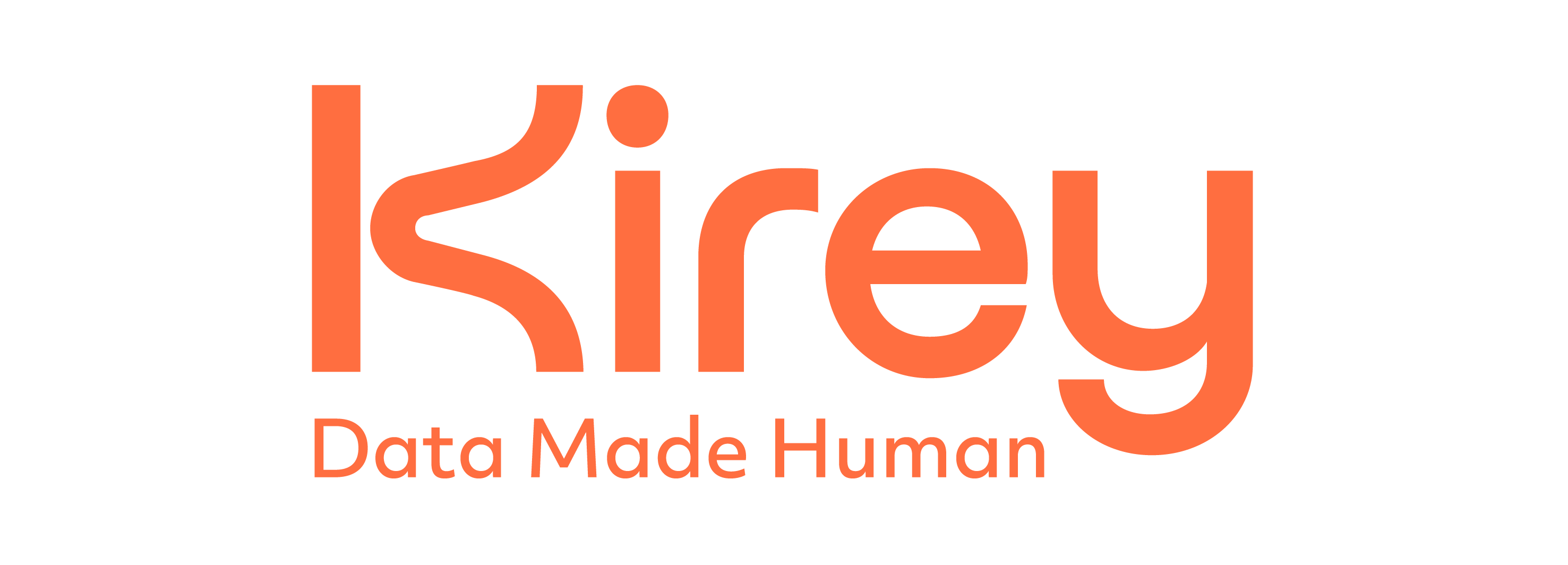The modern enterprise is increasingly becoming data-driven, recognizing the inseparable link between data, competitiveness, and innovation.
Modern businesses have access to vast amounts of data: from business applications, IoT devices, and data lakes for data science projects, not to mention the extensive universe of unstructured data such as images and videos. Despite the complexity posed by their variety and quantity (reaching into the petabytes), companies recognize the value of data and consider it one of their most valuable assets.
The value of data necessitates careful management, protection, and enhancement—essentially, governance—which is where data governance comes into play.
Data governance: defining a Data Management System
Data governance is essential for two reasons: maximizing its potential (value realization) and minimizing risks associated with its use.
There are numerous definitions of data governance. One of the most fitting (TechTarget) considers it a management process aimed at ensuring the availability, usability, integrity, and security of data within enterprise systems, based on specific policies defined by the company. Other definitions, aligned with the former but broader, also emphasize data quality and privacy.
In essence, data governance is the data management system adopted by a company to maximize data value and minimize risks related to security, privacy, and compliance with existing regulations.
The pillars of Data Governance, from quality to security
A well-structured data governance system is essential in any modern enterprise. Primarily, it builds trust in data, ensuring not only compliance with current regulations but also the reliability needed to support critical decisions. To achieve effective data governance, certain pillars are necessary.
1. Data quality
Reliable results cannot stem from poor-quality data. A data management system includes procedures to maximize quality in terms of accuracy, completeness, reliability, and relevance, enabling informed decisions and effective strategies.
2. Security and privacy
Data security and privacy are crucial for safeguarding sensitive information. Techniques include rigorous access controls, encryption for data in transit and at rest, data masking to conceal sensitive information, and secure deletion procedures for data no longer useful to the company.
3. Compliance
Data governance ensures that every data modification, manipulation, and sharing process complies with current regulations, GDPR primarily. Compliance is essential not only to avoid legal sanctions but also to prevent significant reputational damage.
4. Usability
Data in a company is only valuable if it is easily accessible. Tools such as Data Catalogs, Data Dictionaries, and especially Data Lineage solutions (which trace the origin, movement, and transformation of data within one or more systems) improve the usability and accessibility of information. Metadata Management also falls under usability, enabling effective information management and quicker access.
Implementing a Data Governance Program
A data governance system is not exclusive to large enterprises. Every company on a data-driven path, even with a relatively linear organizational structure, deals with multiple departmental applications and data silos, which could benefit the entire organization if integrated into a systemic data management, access, and sharing paradigm.
To achieve this, alongside the necessary mindset, process, data architecture evolution and supporting technological solutions, data governance is required. Specifically, companies must implement what is known as a data governance program, based on key pillars.
Definition of Policies and Standards
Data governance rules are written based on current regulations and industry best practices. They are fundamental to any data governance program, defining how the company should acquire, handle, manage, modify, share and delete every type and category of data. For example, policies are typically defined for access control and dataset classification based on sensitivity levels, followed by security rules, encryption, masking, etc.
Clear Role Division
Depending on the company's size, defining roles and responsibilities within the data management system can be complex. In large enterprises, a data governance committee is usually appointed, responsible for drafting, implementing, and continuously evolving the program. At the executive level, a key role is that of data stewards—professionals from various company divisions—who facilitate policy application across different organizational structures such as sales, HR, etc. Supporting them are data owners—technical figures and primary dataset experts—who implement data governance policies on their datasets and approve any changes within the guidelines defined centrally.
Metadata Management
A well-designed data governance program includes specific strategies for creating, updating, sharing, and controlling metadata, ensuring they are accurate, comprehensive, and compliant with the above policies. This approach not only facilitates data discovery and integration but also enhances collaboration across various business functions and optimizes operational efficiency through consistent and well-structured data management.
Quality Assurance Process
Quality is fundamental in a governance system. Therefore, a quality assurance process must be defined, including the selection of tests to perform, the software tools to apply them, and the procedure for correcting errors.
Data Governance Framework: what it is and why it is essential
Depending on a company's size and digital maturity, designing, implementing, and managing a data governance program can be costly and complex. Recognizing the need for data governance, the vast majority of companies require a methodological reference point to create an effective and efficient program.
The purpose of data governance frameworks is to provide companies with a structured approach to planning, executing, and managing a data governance program. The framework comprises processes and guidelines based on best practices, which program managers must adapt to their specific reality. Importantly, the framework is not prescriptive—it does not impose anything but provides guidelines on which to build policies, define roles, processes, and tools within the company's specific program.
Adopting a framework yields numerous benefits. Firstly, it helps avoid common mistakes and confusion during implementation by providing a clear, documented structure on which to base decisions and actions. This reduces the risk of disorganized or ad hoc approaches, enhancing overall program consistency and effectiveness. Additionally, a framework facilitates communication and collaboration among various professionals and business functions involved in data management, enabling better alignment with defined objectives.

